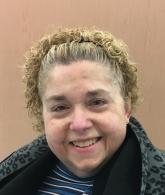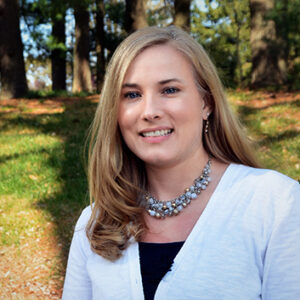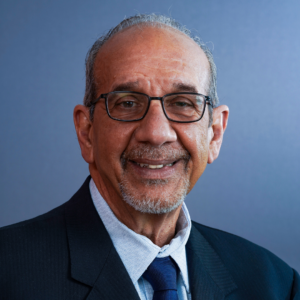Student nurses make the rounds
At a previous facility, student nurses did clinical training twice a year. They tended work with older residents or those who needed care or company. Though I never had a student nurse assigned to me, they fed me, along with other residents, at breakfast or lunch.
At this facility, when they asked if I would work with student nurses during clinical training, I said OK. I wanted to find out what student nurses did with residents. Clinicals here were Thursdays and Fridays from October to December. They arrived before 6 a.m., and their instructor conducted class in the front living room prior to them starting the day with us residents.
I met my first students in the dining room when they fed me breakfast. Most of them were right out of high school or in their early 20s. But interspersed were a few students who were a bit older. It was interesting to see the dynamic of the group. I was surprised that the thirtysomethings and the fortysomethings seemed to fit in easily with their younger cohorts. The student nurses had backpacks filled with their nursing tools and all had laptops that they carried. They also brought a coffee maker that was left in the dining room during their clinicals, where their backpacks were stacked in an empty corner.
I had several different students. Each assisted me with my morning care, whether a shower or a wash up. In their first semester, they learn what nurse aides do, so some did my wash up by themselves. Most of the time, another student assisted.
After I was ready for the day and had been fed breakfast, the students checked my vitals. They were required to use the older style blood pressure cuff that goes around the arm. Many used a small metal strip thermometer that took a whole minute to register a temperature. Occasionally, a student had a more sophisticated thermometer that quickly took our temperature with the swipe of our temple. All had a pulse oximeter to check the oxygen level in our blood.
Then the students did an assessment. They checked my eyes, ears, throat and pulse. One day, several students walked in to see if they could also hear my pulse. They became excited because my pulse sounds were quite different than theirs or their fellow students. They got very involved listening to my pulse. Several were probing me at the same time. Afterwards, the nursing students apologized for getting excited and possibly being too invasive. I told them I understood their enthusiasm for learning.
Each student conducted the assessment a bit differently. Some were quite precise while others struggled to get all the information in a timely manner. I have to admit: I got a bit tired of being asked the same questions two days a week by a different student. During these assessments, their instructor strolled through the hallways and into each resident room to check on her students’ location, progress and speed.
I was surprised that both instructor and students were relaxed in their approach to residents. One student even gifted a tube of lip gloss to my roommate.
In between, they had group sessions in the front living room. Some students wrote down the information they gathered from us by hand in small bound notebooks. Others, usually older students, logged their information into their laptop.
One particular student, who is also an aide here, showed her fellow students how to use the Hoyer lift. Since she has nurse aide experience using it, she could easily give them tips.
Both residents and staff got used to the students walking up and down the halls and socializing during waiting times. I had been leaving when they finished around noon.
In early December, the students told us it was their last day and said their goodbyes. They said even though they were excited for their next clinicals in the hospital, they would particularly miss us, their first patients.

Kathleen Mears is a long-time blogger who has been a nursing home resident for 21 years. She is an incomplete quadriplegic and uses a power wheelchair to get around. Her computer is her “window on the world.” This blog shares her thoughts and view of life as a nursing home resident as well as ideas of how it might be improved in the future.
Related Articles
Topics: Clinical , Staffing , Training











